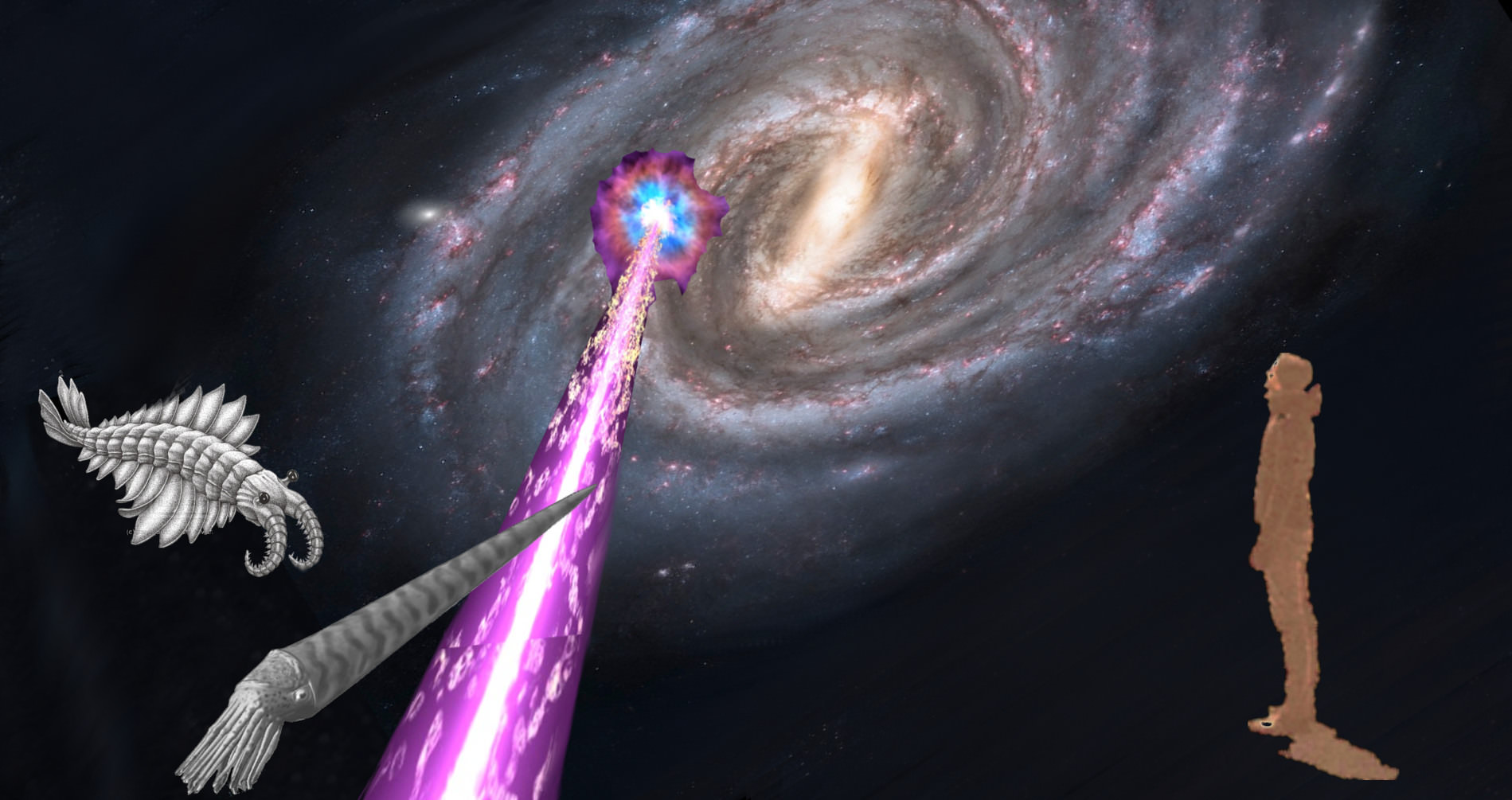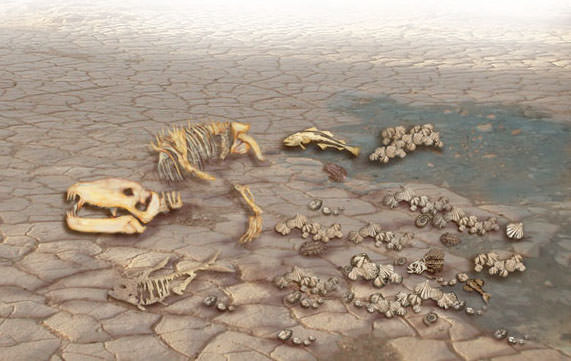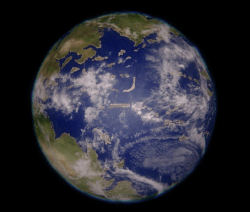If you’re thinking of having yourself cryogenically suspended and awakened in some future paradise, you might want to set your alarm clock for no later than 1,000 years from now. According to the BBC, Stephen Hawking will be saying this much in the 2016 Reith Lectures – a series of lectures organized by the BBC that explore the big challenges faced by humanity.
In Hawking’s first lecture, which will be broadcast on February 26th on the BBC, Hawking covers the topic of black holes, whether or not they have hair, and other concepts about these baffling objects.
But at the end of the lecture, he responded to audience questions about humanity’s capacity for self destruction. Hawking said that 1,000 years might be all we have until we meet our demise at the hands of our own scientific and technological advances.
As we have become increasingly advanced both scientifically and technologically, Hawking says, we will be creating “new ways that things can go wrong.” Hawking mentioned nuclear war, global warming, and genetically engineered viruses as things that could cause our extinction.
Nuclear War
Through the Cold War, annihilation at the hands of our own nuclear weapons was a real danger. The threat of a nuclear launch in response to a real or perceived threat was real. The resulting retaliation and counter-retaliation was a risk faced by everyone on the planet. And the two superpowers had enough warheads between them to potentially wipe out life on Earth.

The USA and the USSR have reduced their stockpiles of nuclear weapons in recent decades, but there are still enough warheads around to wipe us out. The possibility of a rogue state like North Korea setting off a nuclear confrontation is still very real. By the time Hawking’s 1,000 year time-frame has passed, we’ll either have solved this problem, or we won’t be here.
Global Warming
Earth is getting warmer, and though the Earth has warmed and cooled many times in its history, this time we only have ourselves to blame. We’ve been inadvertently enriching our atmosphere with carbon since the Industrial Revolution. All that carbon is creating a nice insulating layer around Earth, as it traps heat that would normally radiate into space. If we reach some of the “tipping points” that scientists talk about, like the melting of permafrost and the subsequent release of methane, we could be in real trouble.

Different climate engineering schemes have been thought up to counteract global warming, like seeding the upper atmosphere with reflective molecules, and having fleets of ships around the equator spraying sea mist into the air to partially block out the sun. Or even extracting carbon from the atmosphere. But how realistic or effective those counter-measures might be is not clear.
Genetically Engineered Viruses
As a weapon, a virus can be cheap and effective. There’ve been programs in the past to develop biological weapons. The temptation to use genetic science to create extremely deadly viruses may prove too great.
Smallpox and Viral Hemorrhagic Fevers have been weaponized, and as our genetic manipulation abilities grow, it’s possible, or even likely, that somebody somewhere will attempt develop even more dangerous viral weapons. They may be doing it right now.
There’s a ban on viral weapons, called the Biological and Toxin Weapons Convention signed in 1972. But, not everybody has signed it.
Artificial Intelligence
Hawking never mentioned AI in his talk, but it fits in with the discussion. As our machines get smarter and smarter, will they deduce that the only chance for survival is to remove or reduce the human population? Who knows. But Hawking himself, as well as other thinkers, have been warning us that there may be a catastrophic downside to our achievements in AI.

We may love the idea of driverless cars, and computer assistants like SIRI. But as numerous science fiction stories have warned us (Skynet in the Terminator series being my favorite,) it may be a small step from very helpful AI that protects us and makes our lives easier, to AI that decides existence would be a whole lot better without us pesky humans around.
The Technological Singularity is the point at which artificially intelligent systems “wake up” and become—more or less—conscious. These AI machines would start to improve themselves recursively, or build better and smarter machines. At this point, they would be a serious danger to humanity.
Drones are super popular right now. They flew off the shelves at Christmas, and they’re great toys. But once we start seeing drones with primitive but effective AI, patrolling the property of the wealthy, it’ll be time to start getting nervous.
Extinction May Have To Wait
As our scientific and technological prowess grows, we’ll definitely face new threats, just like Hawking says. But, that same progress may also protect us, or make us more resilient. Hawking says, “We are not going to stop making progress, or reverse it, so we have to recognise the dangers and control them. I’m an optimist, and I believe we can.” So do we.
Maybe you’ll be able to hit the snooze button after all.
Original Source: BBC News







